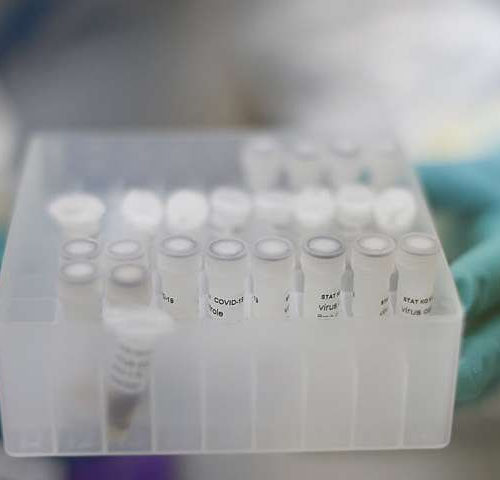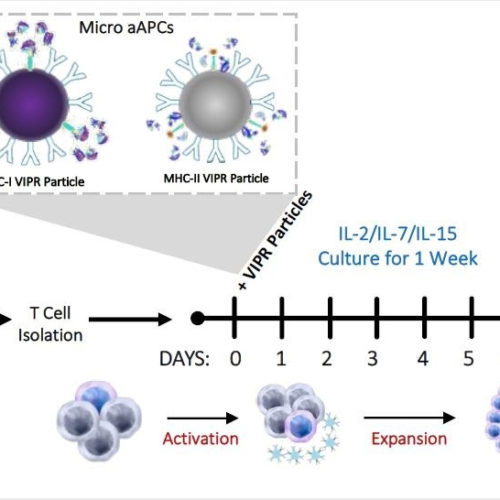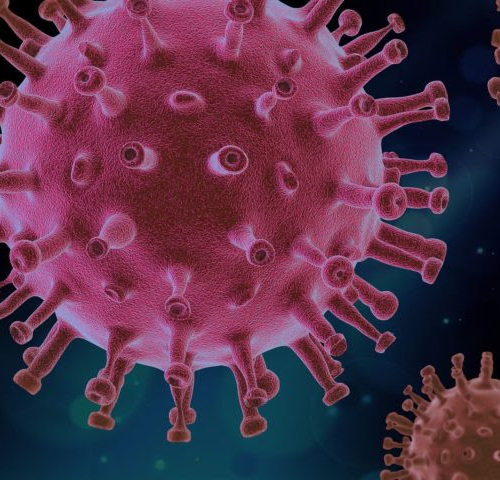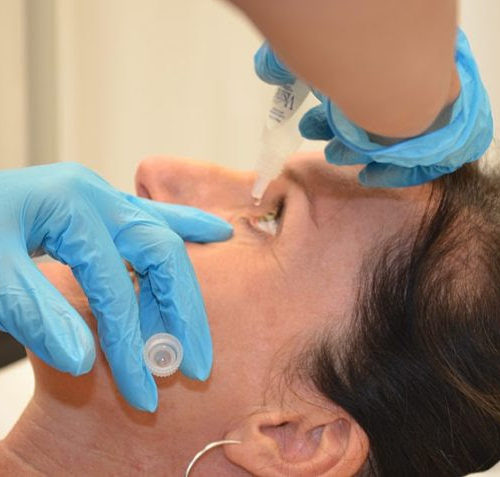by KU Leuven A lab worker holds frozen virus samples at the KU Leuven Rega Institute. Credit: Layla Aerts for KU Leuven Virologists at the Rega Institute at KU Leuven (Belgium) have developed a vaccine candidate against Covid-19 based on the yellow fever vaccine, which as a result also works against yellow fever. Results published today...
Obesity changes cell response to glucose, uses slower metabolic path in mouse liver
by University of Tokyo The trans-omic network includes regulatory pathways that are specific to obese mice and those specific to healthy mice. Color coding highlights pathways that respond to glucose only in normal-weight mice (WT, blue), only obese mice (ob/ob, red), pathways in common (green), and pathways that react in opposite ways in obese and normal-weight...
Researchers show strong link between Takotsubo syndrome and impaired thyroid function
Reviewed by Emily Henderson, B.Sc.,Dec 1 2020 Researchers have found a new hypothesis for explaining Takotsubo cardiomyopathy, also known as broken heart syndrome. Chest pain, shortness of breath, heart flutter and palpitations: these symptoms are not only characteristic of a heart attack, but can also be caused by another, as yet little researched condition. So-called Takotsubo...
Virus induced lymphocytes show promise for COVID-19 and future pandemics
By Sally Robertson, B.Sc.;Nov 30 2020 Researchers in the United States have conducted a study demonstrating the potential of a novel therapeutic approach to treating coronavirus disease 2019 (COVID-19). The therapy augments the body’s T cell response to the causative agent severe acute respiratory syndrome coronavirus 2 (SARS-CoV-2) by providing a boost of rapidly expanded virus-specific T...
Potential Cellular Target for Eliminating Bone Breakdown in Osteoporosis Found
New research has discovered a cell type that governs the way bones form and maintains themselves, opening up a potential target for future therapies for bone disorders like osteoporosis. Led by faculty from the Perelman School of Medicine at the University of Pennsylvania, a rodent study showed that bone marrow adipogenic lineage precursors (MALPs) play a distinct...
Children With Dyslexia Show Stronger Emotional Responses
Children diagnosed with dyslexia show greater emotional reactivity than children without dyslexia, according to a new collaborative study by UC San Francisco neuroscientists with the UCSF Dyslexia Center and UCSF Memory and Aging Center. In the study, published online in Cortex, children with dyslexia who watched emotionally evocative videos showed increased physiological and behavioral responses when compared to children...
‘Natural killer’ cells found to be a key determinant of severe COVID-19 in patients
An impaired count of natural killer (NK) immune cells and reduced ability to destroy infected cells are key characteristics of severe COVID-19 infection, according to newly published research in the journal Blood Advances. A team of researchers at the University of Alberta and University of Calgary followed 12 patients with severe COVID-19 symptoms at hospitals in Edmonton. They found that the...
A new nanoemulsion eye drop formulation of a small molecule RUNX1 inhibitor
A team led by Mass Eye and Ear researchers has developed an eye drop to effectively deliver drugs to the retina and other tissues located in the back of the eye, a new technology with potential application for the treatment of multiple blinding diseases. According to a report published online today in Nature Scientific Reports, the new experimental...
App predicts risk of developing Alzheimer’s
LUND UNIVERSITY A new study from Lund University in Sweden shows that validated biomarkers can reveal an individual’s risk of developing Alzheimer’s disease. Using a model that combines the levels of two specific proteins in the blood of those with mild memory impairment, the researchers are able to predict the risk of developing Alzheimer’s. The researchers have also developed...
The number of times a person gives birth may affect how quickly they age
PENN STATE UNIVERSITY PARK, Pa. — Having children doesn’t just make you feel like you’ve aged overnight — a new study led by Penn State researchers found that the number of times a person gives birth may also affect the body’s physical aging process. The researchers examined several different measures that represent how a person’s body is aging and...







